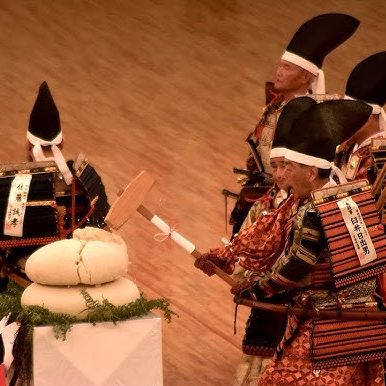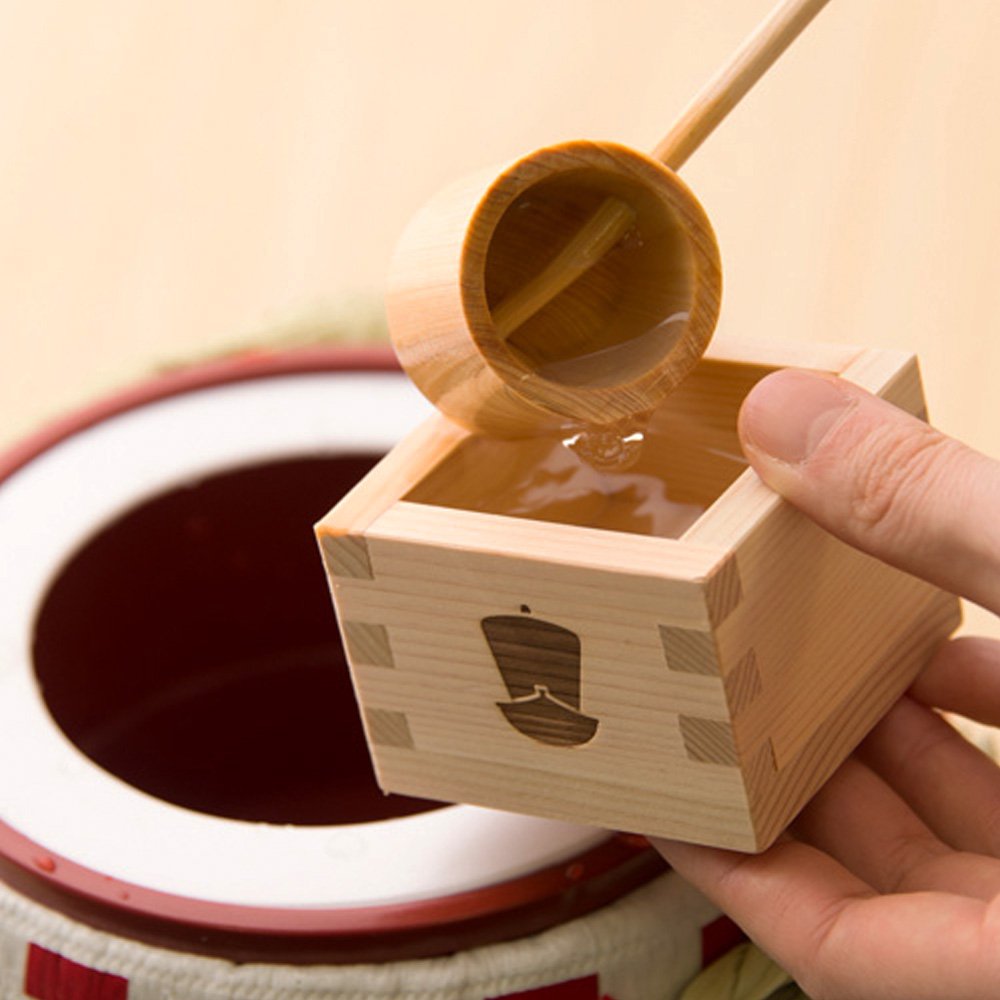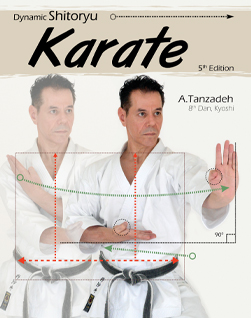Kagami Biraki (鏡開き) is a traditional Japanese ceremony that translates to “opening the mirror.” It holds deep cultural and symbolic significance, and in the context of karate and other martial arts, it marks the start of the New Year and serves as an opportunity for renewal, rededication, and reflection on personal goals and discipline.
Origin and Meaning
Kagami Biraki originated as a samurai tradition in the 15th century. The “mirror” (kagami) represents clarity, introspection, and truth, while “biraki” (opening) symbolizes breaking away from the old to embrace the new. In martial arts, it is a time for practitioners to reflect on their journey and reaffirm their commitment to training and self-improvement.
The ceremony is commonly held in early January, often on or around January 11th, depending on the dojo or organization.
How Kagami Biraki is Celebrated in Karate
In karate dojos, Kagami Biraki ceremonies vary but typically include the following elements:
- Opening Ceremony
- The dojo gathers for a formal bow (rei) to show respect for the dojo, sensei, and fellow practitioners.
- Some ceremonies include a moment of silence or meditation (mokuso) to reflect on personal goals, challenges, and growth.
- Special Training Session
- A vigorous and symbolic training session often follows. Practitioners perform kihon (basics), kata (forms), and kumite (sparring) with extra focus and intensity.
- This training symbolizes starting the year with energy, determination, and a renewed spirit.
- Demonstrations (Embu)
- Advanced students or instructors may perform kata, kumite, or self-defense demonstrations to inspire others and showcase the spirit of karate.
- Sharing Traditional Foods
- Some dojos follow the martial arts Kagami Biraki tradition by offering mochi (rice cakes) or other Japanese New Year treats. Mochi symbolizes strength and unity due to its sticky and resilient nature.
- This part of the ceremony often encourages camaraderie among students, fostering the dojo’s sense of community.
- Symbolic Activities
- Breaking wooden boards (tameshiwari) or performing high-repetition exercises may be included to signify “breaking through” personal barriers and starting the year strong.
- Reflective speeches by the sensei or senior members highlight key values, lessons, or goals for the year.
- Closing and Bowing
- The ceremony often ends with a final bow and expressions of gratitude toward the sensei, fellow practitioners, and the art itself.
Symbolism in Karate
For karate practitioners, Kagami Biraki is not just a tradition—it’s a moment to:
- Reconnect with the core principles of karate, such as discipline, respect, and perseverance.
- Set intentions for the year ahead, whether it’s improving technique, competing, or deepening their understanding of the art.
- Honor the past, paying respect to karate’s history and the dojo’s lineage.
Kagami Biraki in Modern Karate Dojos
Today, Kagami Biraki continues to be celebrated worldwide, particularly in dojos that emphasize traditional Japanese values. While some schools conduct elaborate ceremonies, others may adapt the event to their cultural context, focusing on personal goal-setting or motivational speeches.
Regardless of how it’s practiced, Kagami Biraki serves as a meaningful reminder of karate’s deeper purpose: the pursuit of self-improvement and the unity of mind, body, and spirit.







